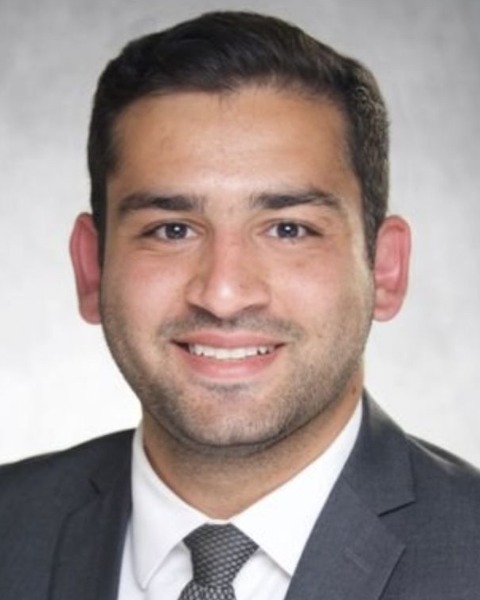SIR 2025
Arterial Interventions
Educational Exhibit
Hepatic artery infusion pump - unusual complications and utility of the combination of pump angiogram and celiac angiogram to assist diagnosis and treatment

Rihin P. Chavda, MD
IR/DR Resident
Interventional Radiology, UT Southwestern Medical Center, United States
Akhilesh Pillai (he/him/his)
Medical Student
McGovern Medical School UTHealth Houston, United States
Amro Saad Aldine, MD
IR/DR Resident
Interventional Radiology, UT Southwestern Medical Center, United States- JC
Jared Chapman, MD
IR/DR Resident
UT SOUTHWESTERN/PARKLAND, United States 
Anil K. Pillai, MD, MBA
Professor
University of Texas Health Science Center, United States
Abstract Presenter(s)
Author/Co-author(s)
Understanding Hepatic Artery Infusion Pump (HAIP) placement and anatomy
Exploring common and less common HAIP-related complications
Reviewing uncommon complications using cases, multimodal imaging review, and management
Educating on combining pump angiogram and conventional angiogram in HAIP complication diagnosis and treatment
Background:
Hepatic Arterial Infusion Pumps (HAIPs) deliver targeted chemotherapy directly to the liver to treat unresectable primary or metastatic hepatic malignancies. Here, we discuss two rare complications and their treatments: hepatic artery dissection and catheter erosion into the duodenum with extravasation. We also explore the use of HAIP contrast injection combined with conventional angiogram to enhance accuracy in diagnosis and treatment.
Clinical Findings/Procedure Details:
Complications following HAIP placement occur in 20-30% of patients. These include GI ulceration, hepatitis, sclerosing cholangitis, and abscess formation. They can be categorized into three main groups: drug toxicity, regional misperfusion, and catheter/pump-related complications. Regional misperfusion may be caused by unidentified collateral vascular supply, while catheter/pump-related complications may include arterial dissection, pseudoaneurysm, thrombosis, or GI ulceration. GI ulceration accounts for 45-50% of HAIP-related GI complications.
In one case, misperfusion occurred due to variant collateral arterial supply to the pancreas and spleen in the setting of hepatic artery dissection. The collateral vessel was visualized only during pumpogram. In another case, GI ulceration and HAIP catheter migration led to upper GI bleed and extravasation. In both instances, a combined pump angiogram-celiac angiogram approach was crucial for diagnosis and treatment.
Conclusion and/or Teaching Points:
HAIP can lead to improved long-term survival in select patients with metastatic liver disease. Educating clinicians on the radiographic features of uncommon complications following HAIP is crucial. Diagnosis and management using endovascular techniques can ensure the best possible care for the patient. Combining a pumpogram and conventional angiogram can provide additional diagnostic value and aid in identifying and treating the underlying cause of ongoing HAIP-related issues.


.jpg)